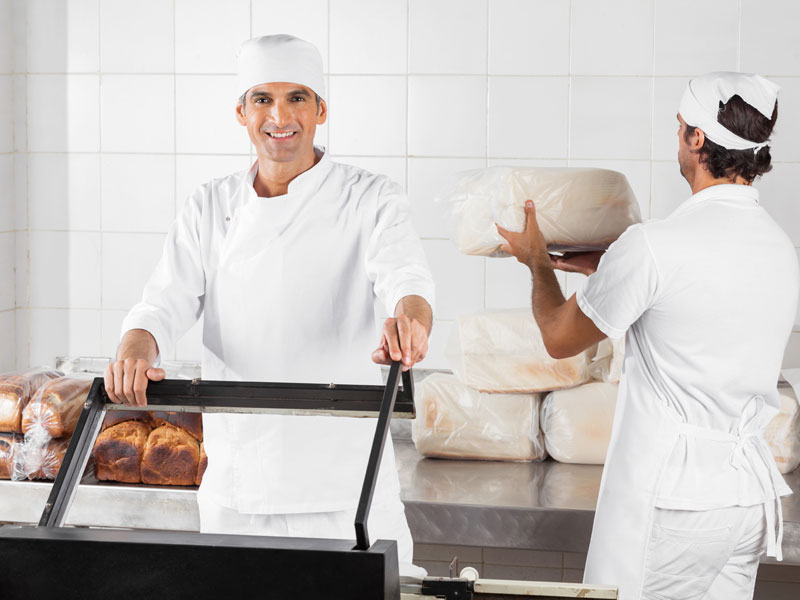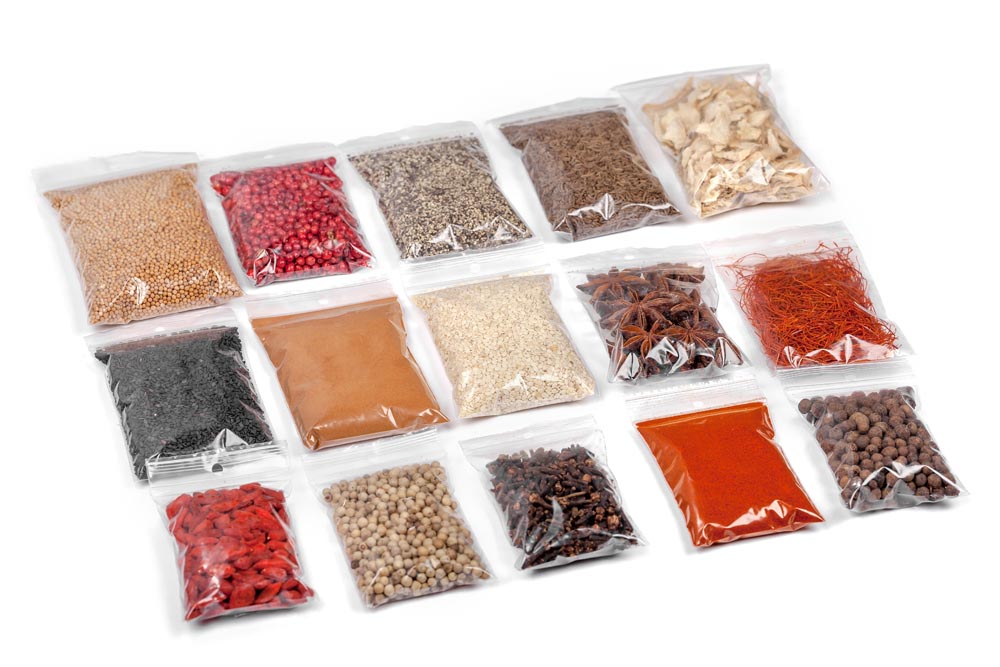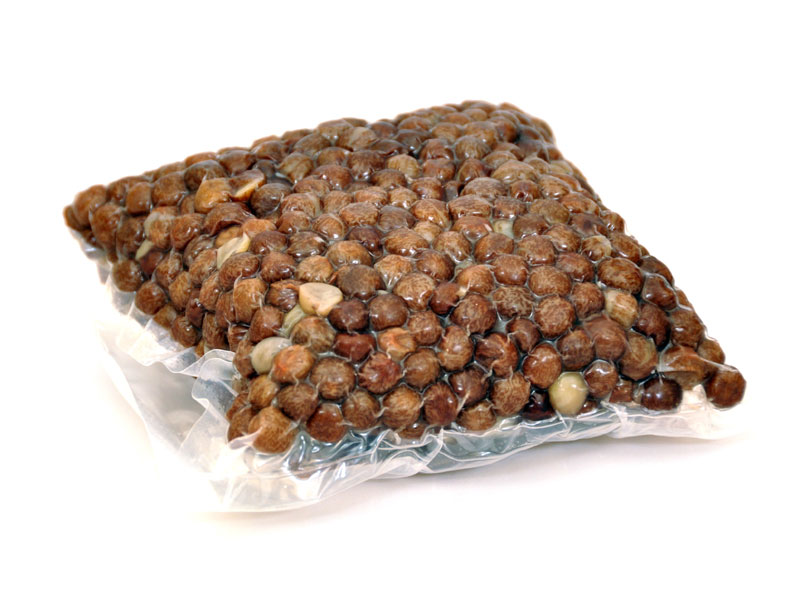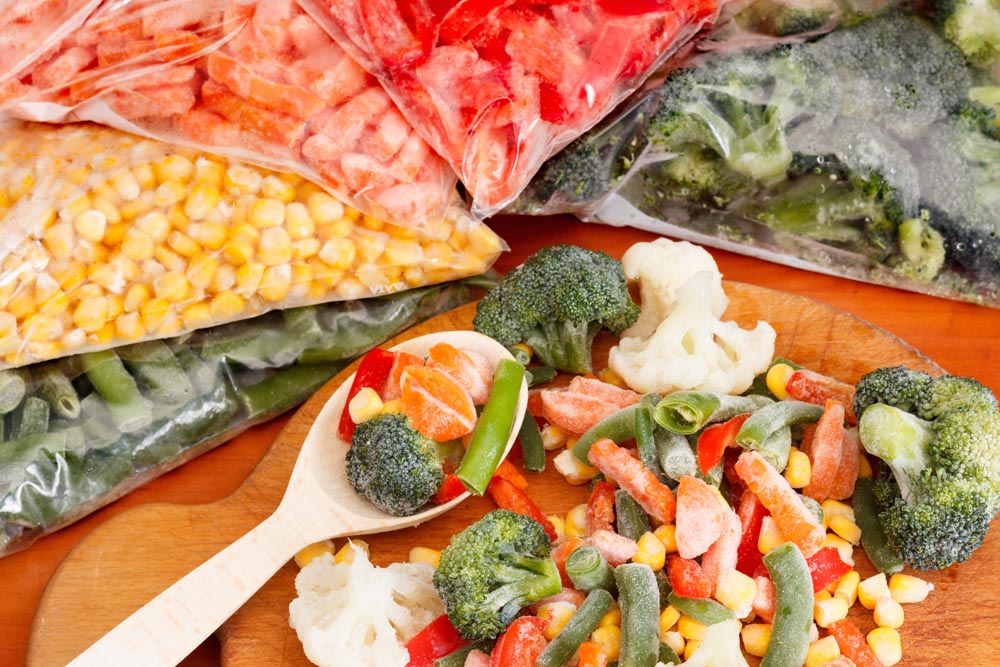High Barrier Films are the ideal materials for Food and beverage packaging, Medical & pharmaceutical applications and for environmentally friendly packaging. These films are also available in a variety of colors and thicknesses, and can be used to encapsulate organic devices and compounds. Choosing the correct packaging material for your needs will ensure the success of your product.
Why Use High Barrier Films for Food & Beverage Packaging?
Food & beverage packaging high barrier films help keep food fresh, extend its shelf life and protect its quality. The film blocks the flow of oxygen and carbon dioxide from entering the package. It also makes the food more convenient to transport. They are made of plastic, which is durable and flexible.
A growing trend towards sustainability is driving the demand for high barrier films. They provide the required properties and are aesthetically appealing. Moreover, the demand for packaged foods is rising because of the busy lifestyle of consumers.
Large retail chains are focusing on reducing the cost of packaging products while maintaining their quality. In turn, this is boosting the high barrier films for food & beverage packaging market.
Food and beverage packaging films can be used in a variety of applications. This is because the polyethylene terephthalate offers good thermal stability and chemical resistance.
The global food and beverage packaging high barrier films market is analyzed by industry, application, and geography. Asia-Pacific is estimated to hold the largest share of the overall market in 2023. Increasing disposable income levels in the region are expected to drive the growth of the high barrier films for food & beverage packing market.
Moreover, the increasing popularity of ready-to-eat food is also driving the demand for high barrier films. The growing number of supermarkets is contributing to the demand for barrier films. Supermarkets offer a wide range of premium brands and are becoming a preferred choice among consumers.
Ready-to-eat meals are expected to grow at the highest CAGR of 9.6% in the food and beverage high barrier films for food & beverage packaging industry. Besides, the demand for packaged food is expected to increase due to rising health awareness in the Asia-Pacific region.
What are the Benefits of High Barrier Films Medical & Pharmaceutical Products?
High Barrier Films for medical and pharmaceutical products are used to protect medications from moisture, light, and oxygen. They also keep medicines from germs, bacteria, and mechanical damage. This extra layer of protection helps to maintain the quality of drugs, extend their shelf life, and reduce exposure to environmental hazards.
The market for high barrier films for medical and pharmaceutical products is growing worldwide. The growth in this segment is fuelled by the rise in health consciousness and increased demand for safe products. Additionally, the growing use of packaging in various industries, especially in the Asia-Pacific region, is also driving the market.
High barrier films for pharmaceuticals are manufactured from a variety of materials. The pharmaceutical industry is one of the most lucrative markets for high barrier films. It is expected to see significant growth in the future. In addition, the global demand for pharmaceutical products will increase due to the growing population. Furthermore, governments will spend more on healthcare.
North America holds a major share of the global market for high barrier films for medical and pharmaceutical packaging. In terms of revenue, it accounts for 49.0%. Europe and Japan account for 23.9%, while South America, Asia-Pacific, and Latin America hold 17.8% of the market.
Asia-Pacific is projected to grow at the fastest rate. It is estimated that the region will reach US$65 billion by 2024. Due to the rising working population, the demand for high barrier packaging film will increase in this region.
Encapsulation of Organic Devices & Compounds with High Barrier Films
Encapsulation applications for organic devices & compounds can include free standing and non free standing barrier films. These types of films can be used on their own or as part of an encapsulation architecture. In general, free standing films are used for flexible devices, while non free standing films are used for rigid devices.
The first type of barrier film is applied to a device and cured by ultraviolet laser. This process is known as chemical vapor deposition. It is a slow process and produces defect-free thin films. Several low cost free standing films are available. Examples include poly(ethylene naphthalate) (PEN), poly(ethylene terephthalate) (PET), polycarbonate (PC), poly(ethersulphone) (PES), etc.
Non-free standing barrier films can be applied before the free standing barrier is applied. They can be oriented outward to the environment, inward toward the device, or on the sides of the device.
Another application of high barrier films is the encapsulation of organic electronic devices. These devices require a thin, transparent, and hydrophobic film to hermetically seal them from the ambient atmosphere. Traditional encapsulation does not allow this.
Free standing barriers can be used as the first layer of a multilayer encapsulating architecture. For example, The second type of barrier film is applied to a substrate and cured by UV laser. This process is similar to chemical vapor deposition, but it is faster. In addition, the barrier can be partially cured for improved chemical bonding.
Finally, gas phase spacers can be used as part of an encapsulation architecture. These can be pure nitrogen or nitrogen mixed with a gaseous compound. Both of these can be used to improve device lifetimes.
High Barrier Films are Environmentally-Friendly Packaging
High barrier films are packaging solutions that protect foods from the environment. They also help to reduce food waste. These films are durable and can be recycled.
The use of high barrier materials can prevent the permeation of vapors, oils, and other gases into the food product. In addition, they also provide excellent heat resistance.
Barrier film is a recyclable and low carbon footprint solution to food packaging. It can be used for food products, personal care items, cosmetics, and other types of products. There are several key factors influencing the growth of the global market for high barrier films for food packaging.
Trends in the High Barrier Films Market
There are many factors influencing the trends in the market for high barrier films. These include the changing demographics and the demand for ready-to-eat meals. Moreover, manufacturers are increasingly focusing on the use of renewable barrier films to minimize the impact on the environment.
The rise in disposable income is boosting the consumption of processed food products. In addition, the increased popularity of microwave cooking is fueling the demand for convenient food packaging. Retail chains are also increasing their stock of packaged foods, electronics and pharmaceuticals.
Rising awareness among consumers about the environment has also contributed to the demand for modern packaging technologies. Plastic products are becoming popular due to their flexibility and low costs.
Ultra-high barrier films are used in different industries, such as chemical and food industries. They offer improved shelf life and aesthetic appeal, which help manufacturers market their products. Besides, they also reduce the usage of preservatives, which contribute to a cleaner environment.
Barrier films are a popular choice for the food and beverage industry, as they provide an attractive look to the product. They offer superior oxygen and moisture barriers. This has led to their increased use in the manufacturing of microwaveable retort ready meals.
In the future, the ultra-high barrier films market is expected to register substantial growth. In 2023, the global market is estimated to reach US$ 1.6 billion. It is further projected to rise to US$ 1.97 billion by the end of the forecast period.
The Bottom Line
High barrier films are an eco-friendly alternative to conventional plastics. They are a good substitute for plastic bags. Usually, these materials are compostable.
A barrier film is composed of three layers: a top film, a middle layer, and a bottom film. Each layer contains a different type of material. All of these materials are recyclable. The combination of these materials creates a high barrier film with excellent machinability and transparency.




